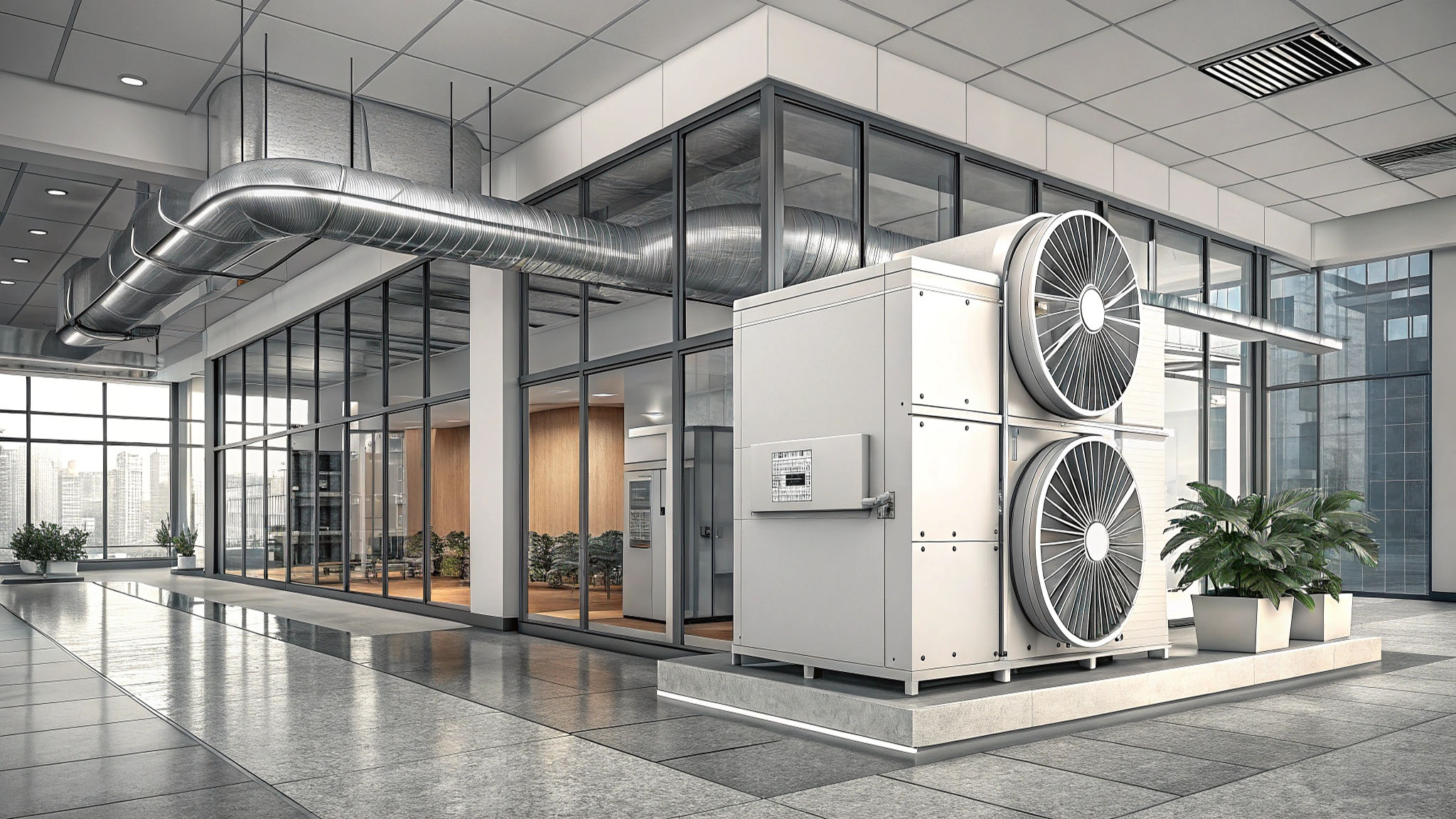Ventilation plays a key role in maintaining healthy and comfortable indoor environments. By 2025, ventilation technology has advanced beyond simple fans and ducts. Whether for homes, offices, or industrial buildings, modern systems now focus on improving air quality while reducing energy use.
Why Ventilation Matters in 2025
Indoor air pollution remains a major concern in both residential and commercial spaces. Poor ventilation contributes to:
- Allergens buildup
- Mold growth
- Unpleasant odors
- Respiratory issues
Up-to-date ventilation systems help prevent these problems while complying with new energy efficiency standards.
Key Ventilation Trends in 2025
- Smart Ventilation Systems
AI-powered sensors automatically adjust airflow based on air quality, humidity, and occupancy. Homeowners and building managers now control ventilation through smartphone apps or voice assistants. - Energy Recovery Ventilation (ERV) and Heat Recovery Ventilation (HRV)
ERV and HRV systems are standard in many new buildings, capturing heat or coolness from outgoing air to pre-condition incoming fresh air. This reduces heating and cooling costs while improving air exchange. - Hybrid Ventilation Systems
Many facilities now use a combination of natural and mechanical ventilation, balancing energy savings with consistent air movement. Automated windows, skylights, and louvers work in sync with mechanical fans. - HEPA Filtration and Air Purification Integration
To meet post-pandemic health standards, modern ventilation systems often include HEPA filters and UV-C purification units. This helps remove viruses, bacteria, and fine particulates from indoor air. - Quiet, Low-Profile Designs
Today’s ventilation units are quieter and more compact. Homeowners especially value slim-profile ductless ventilation options for smaller living spaces.
Common Ventilation System Types in 2025
- Centralized Ventilation Systems
- Ductless Mini-Split Ventilation
- Smart Bathroom and Kitchen Exhaust Fans
- Industrial HVAC Ventilation Units
Benefits of Modern Ventilation Systems
- Improved indoor air quality (IAQ)
- Energy efficiency and reduced utility bills
- Compliance with updated building codes
- Healthier living and working environments
Final Thoughts
If you’re building or renovating in 2025, investing in modern ventilation is not just smart—it’s essential. Prioritize systems that offer smart control, filtration, and energy recovery features. Whether for residential or commercial use, today’s ventilation solutions help create cleaner, safer, and more comfortable indoor environments.

